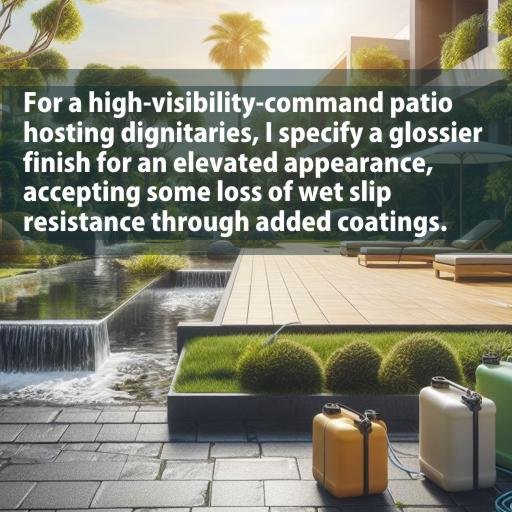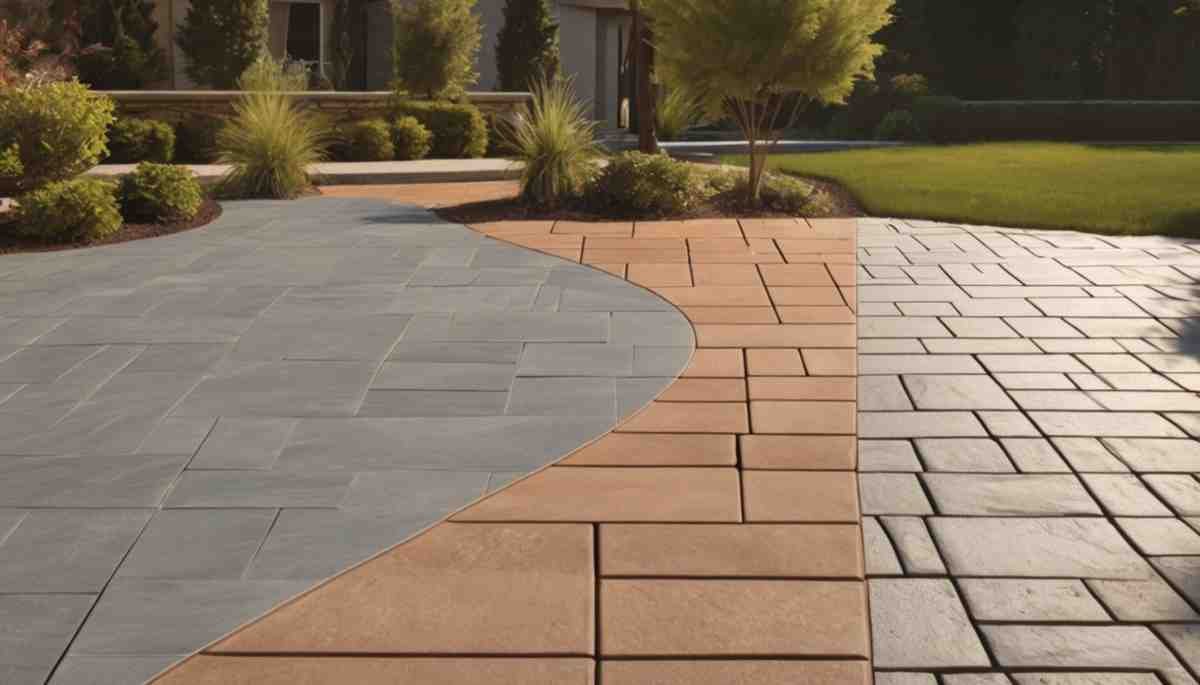Applying paver sealers correctly can protect your pavers and enhance their appearance for years to come. This step-by-step guide will walk you through the process of selecting the right sealer, preparing the surface, and applying the sealer evenly for a professional finish.
From cleaning and drying the pavers to choosing between water-based or solvent-based sealers, each stage is crucial for long-lasting results. With the right techniques, sealing your pavers not only preserves their color and texture but also helps prevent stains, weather damage, and weed growth.
Preparing the surface
Proper surface preparation is crucial for ensuring the paver sealer adheres effectively and lasts as long as possible. This typically involves cleaning the pavers thoroughly, removing any dirt, debris, or existing sealants, and allowing the surface to dry completely before application.
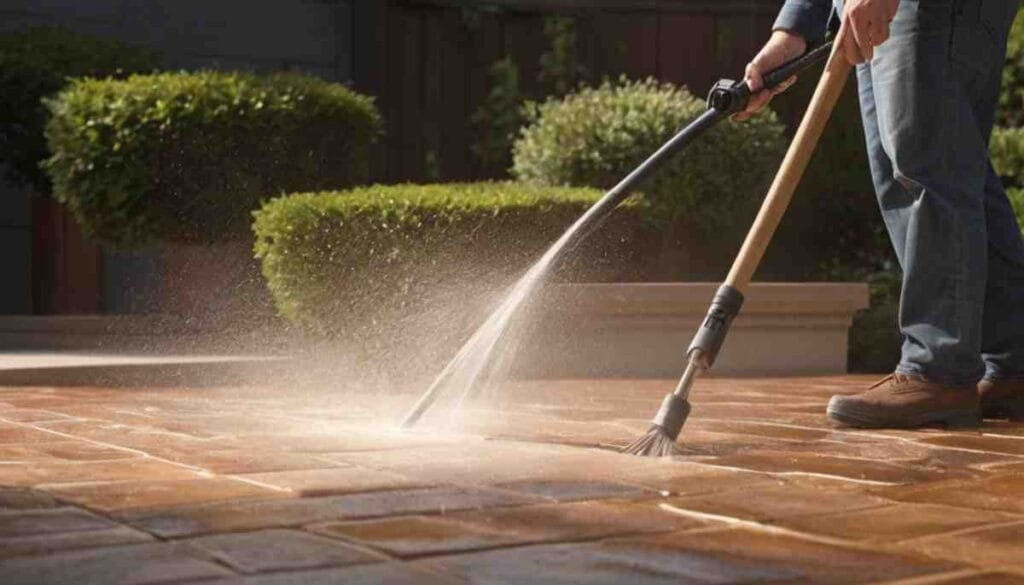
Applying the sealer
Follow the manufacturer’s instructions carefully when applying the paver sealer. Whether you’re using a sprayer, roller, or brush, ensure even coverage and avoid missed spots or overlapping. Pay special attention to edges, corners, and high-traffic areas for comprehensive protection.
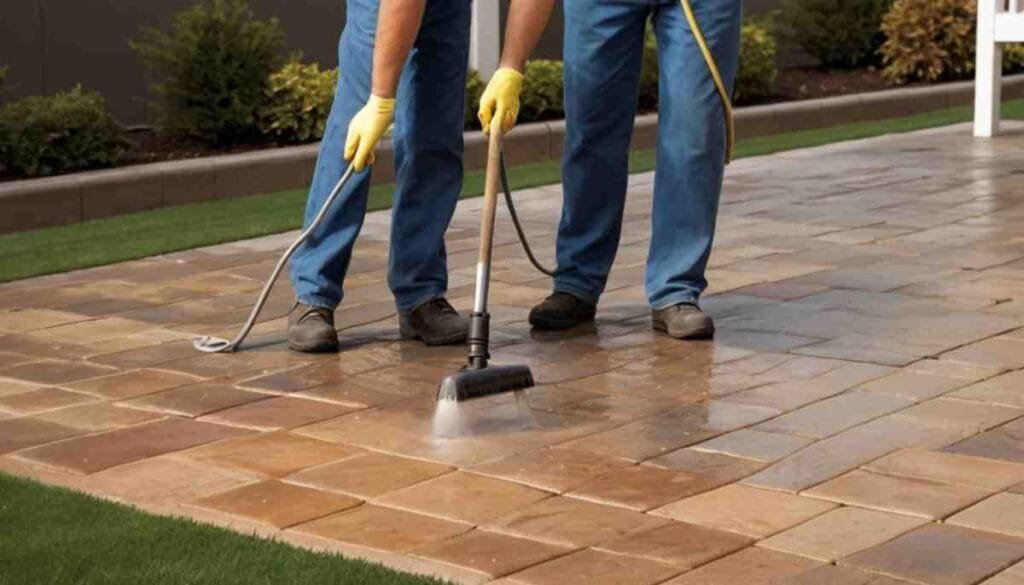
Curing and drying process
After application, allow the paver sealer to cure and dry according to the recommended timeframe. This process is essential for achieving the desired finish and ensuring the sealer properly bonds with the pavers. Avoid foot traffic or heavy use during this period.
Tips for maximizing longevity
The lifespan of a paver sealer can vary depending on several factors, including the quality of the product, application method, and environmental conditions. On average, most high-quality sealers should last between 2-5 years with proper maintenance. To maximize the longevity of your sealer, consider the following tips:
Reapply the sealer periodically, as recommended by the manufacturer.
Protect the sealed area from heavy foot traffic and potential abrasion.
Regularly clean the pavers using mild, pH-neutral detergents to prevent the buildup of dirt and grime.
Address any cracks, chips, or damage to the pavers promptly to prevent further deterioration.
Regular maintenance routines to keep your pavers looking their best:
Cleaning and removing stains
Even with a high-quality sealer in place, regular cleaning is essential to maintain the pristine appearance of your pavers. Use a soft-bristled brush and mild detergent to gently scrub away dirt, debris, and potential stains. For tougher stains, seek guidance from a professional or consult the sealer manufacturer for recommended cleaning solutions.
Periodic resealing
Over time, the protective layer provided by the paver sealer will begin to wear off, leaving your pavers vulnerable to the elements once again. To ensure continuous protection, it’s crucial to reseal your pavers periodically, typically every 2-5 years, depending on the specific product and usage conditions.
Finding the Right Paver Sealers Near You
Paver Sealer Finish Levels
| Finish Level | Description |
|---|---|
| Matte | The matte finish leaves pavers with a natural, non-reflective appearance, emphasizing the intrinsic beauty of the material. |
| Satin | Satin sealer provides a subtle luster, enhancing the pavers’ appearance without an overly glossy finish. |
| Semi-Gloss | Semi-gloss amplifies the shine for a sleeker look, offering a balance between subtlety and polish. |
| High-Gloss | The high-gloss sealer creates a polished wet-look effect, making the pavers pop. However, it requires more maintenance to retain its shine. |
By understanding how a sealer’s formula impacts the final finish, homeowners can determine which level of reflectivity aligns best with their desired aesthetic for the paved area. This ensures making a choice that accentuates the space in the intended manner.

Why Seal Your Pavers?
Paver materials like concrete, stone, and clay are porous by nature. While this porosity allows for desirable textures and tones, it leaves them vulnerable to absorbing liquids over time. Sources of infiltration include something as minor as a spilled drink or plant residue, all the way to major offenders like acid rain. Once embedded deep within the pores, these substances can cause permanent staining that no amount of surface cleaning can remove.
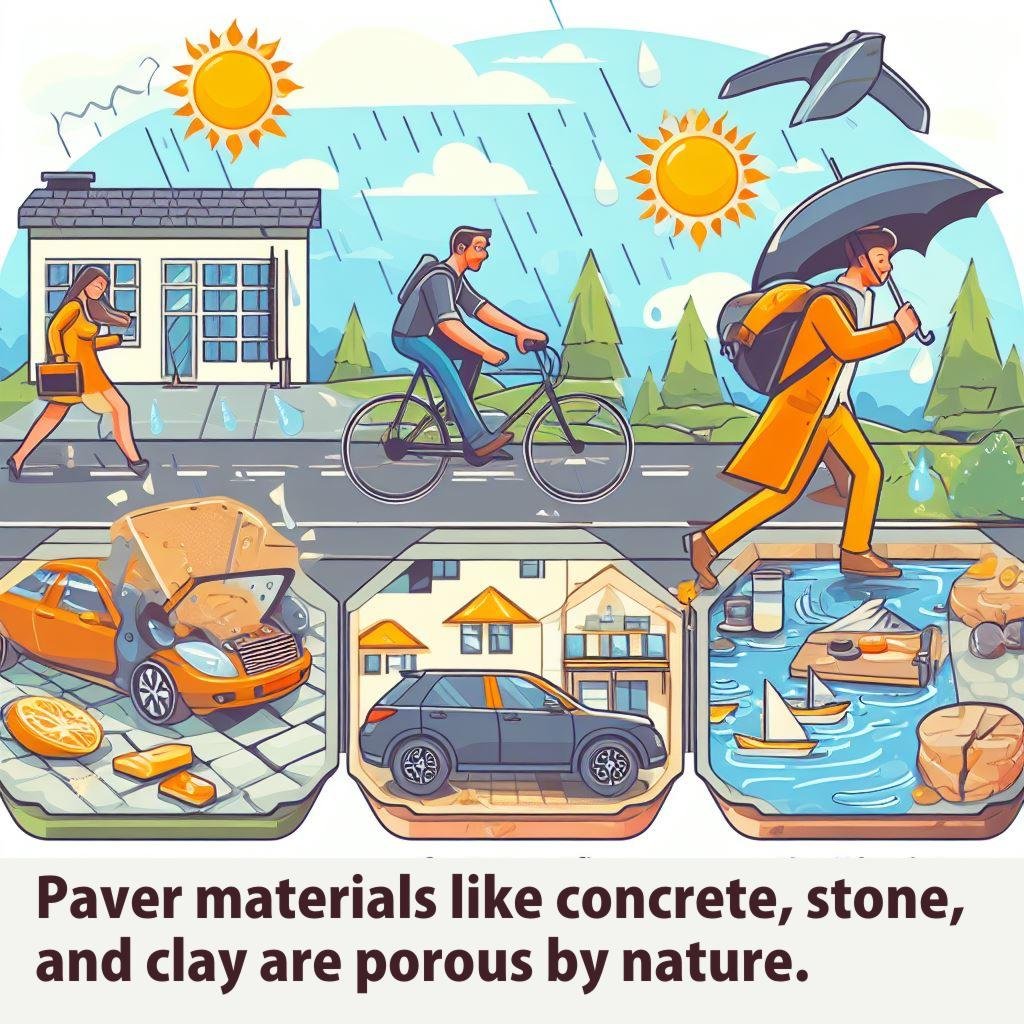
My hands-on experience in specifics on checking safety, environmental, and regulatory factors when selecting paver sealers for a given project and location. No assumption goes unvalidated.
Desired Look – The Gloss Level
In my experience overseeing a wide range of military pavement projects, the appropriate gloss level depends greatly on the specific location and usage. For instance, on barracks patios where service members frequently walk through in boots, I always recommend matte or satin sealers to maintain needed traction, resisting the polished look some request.
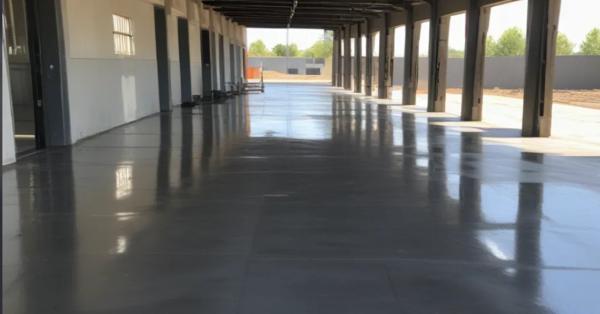
However, for a high-visibility-command patio hosting dignitaries, I specify a glossier finish for an elevated appearance, accepting some loss of wet slip resistance through added coatings.

Over two decades of reviewing failed surfaces, I’ve learned matching sheen to function prevents many issues down the road. These methods will be explained below.
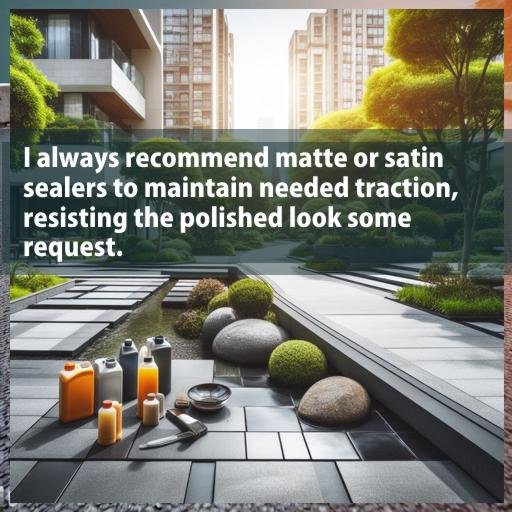
For commercial venues like HQ visitor centers, my teams aim for a balance with semi-gloss products, drawing on our hands-on expertise. Ultimately, appropriate gloss should be dictated by context and expert guidance, not just aesthetics.
